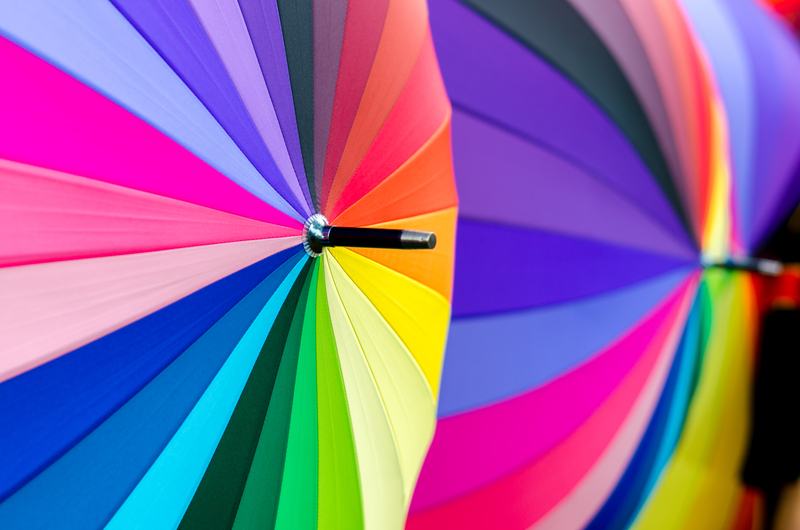
One of the key principles of color theory is the color wheel, which is a visual representation of the relationships between colors. The color wheel is divided into primary colors (red, blue, and yellow), secondary colors (orange, green, and purple), and tertiary colors (colors created by mixing a primary color with a secondary color).
By understanding the relationships between these colors, artists can create color schemes that enhance the overall aesthetic of their work.
Another important concept in color theory is color harmony, which refers to the pleasing combination of colors in a composition. There are several different types of color harmonies, including complementary colors (colors that are opposite each other on the color wheel), analogous colors (colors that are next to each other on the color wheel), and triadic colors (colors that are evenly spaced around the color wheel). By using these harmonious color schemes, artists can create visually striking and cohesive artworks.
Color temperature is another key aspect of color theory. Warm colors (such as red, orange, and yellow) are associated with energy, passion, and excitement, while cool colors (such as blue, green, and purple) are associated with calmness, tranquility, and serenity. By understanding the psychological effects of warm and cool colors, artists can use color to evoke specific emotions and create a desired mood in their artwork.
In addition to the color wheel, color harmony, and color temperature, there are many other aspects of color theory that artists can explore to enhance their work. These include color value (the lightness or darkness of a color), color saturation (the intensity or purity of a color), and color contrast (the difference between colors in a composition). By mastering these principles of color theory, artists can use color to convey meaning, create depth and dimension, and capture the attention of their audience.
Overall, color theory is a powerful tool that artists can use to elevate their work and create visually stunning and emotionally resonant compositions. By understanding the relationships between colors, experimenting with different color harmonies, and harnessing the emotional impact of warm and cool colors, artists can bring their artistic vision to life and create artwork that truly speaks to the viewer.